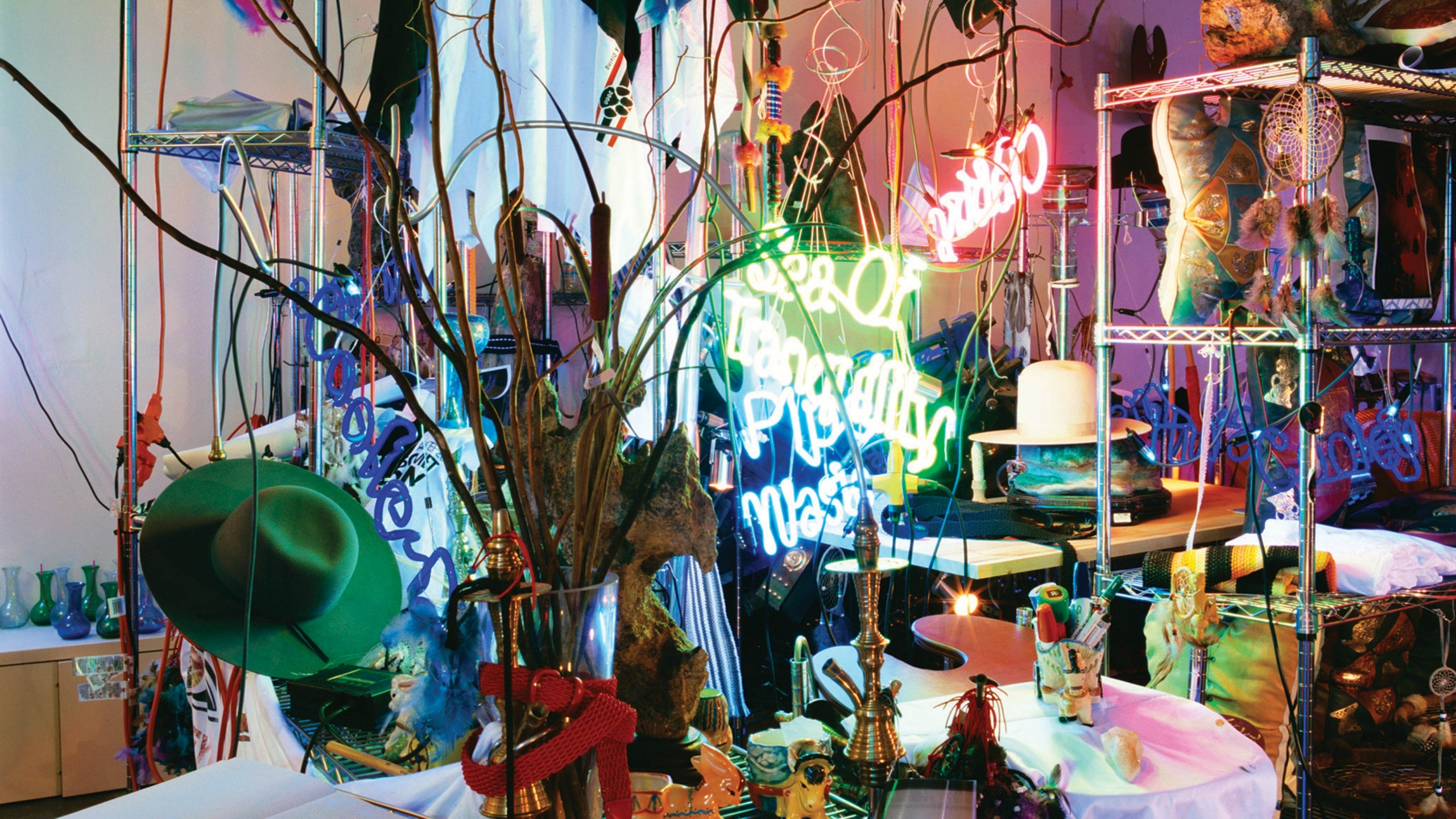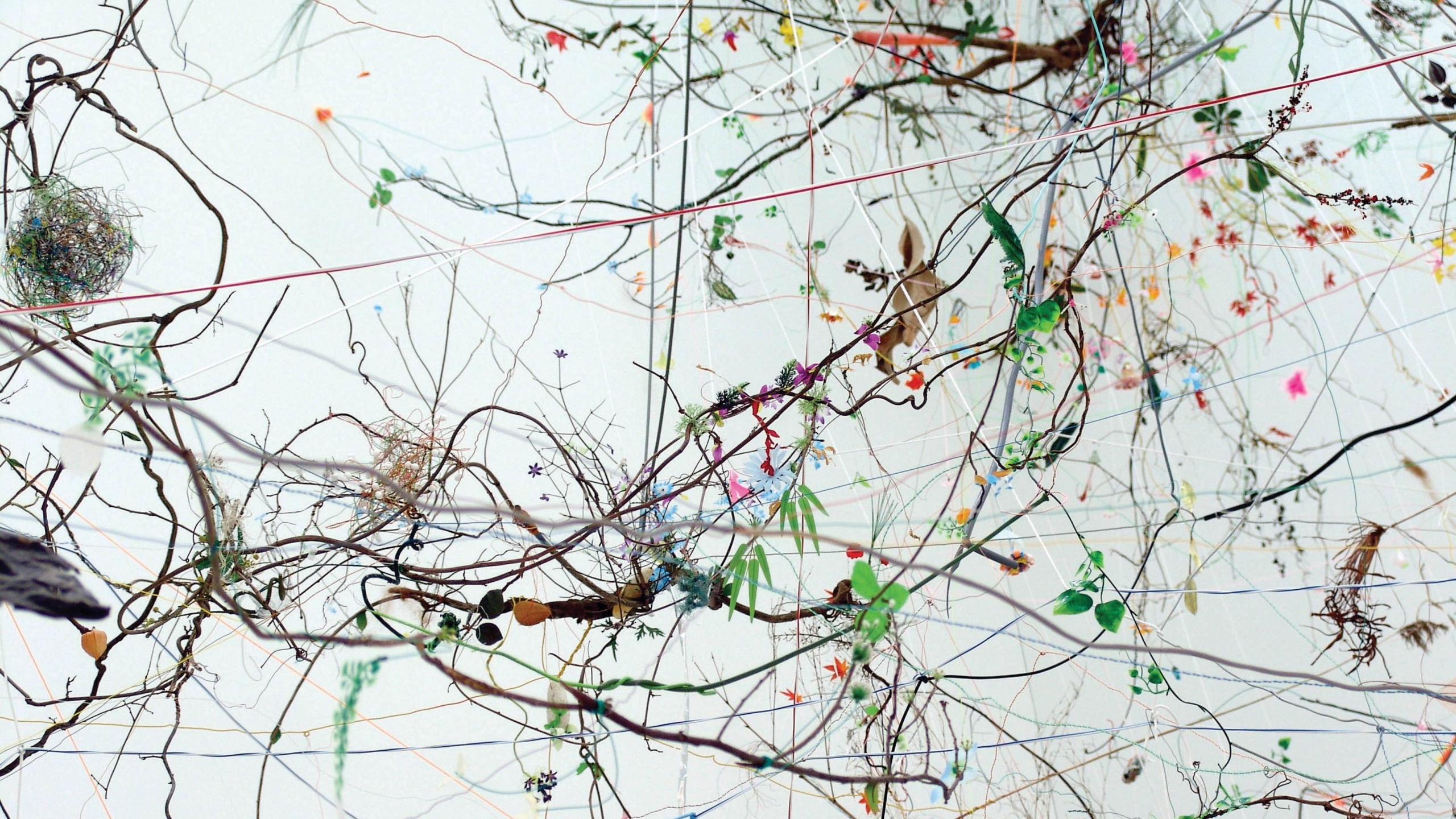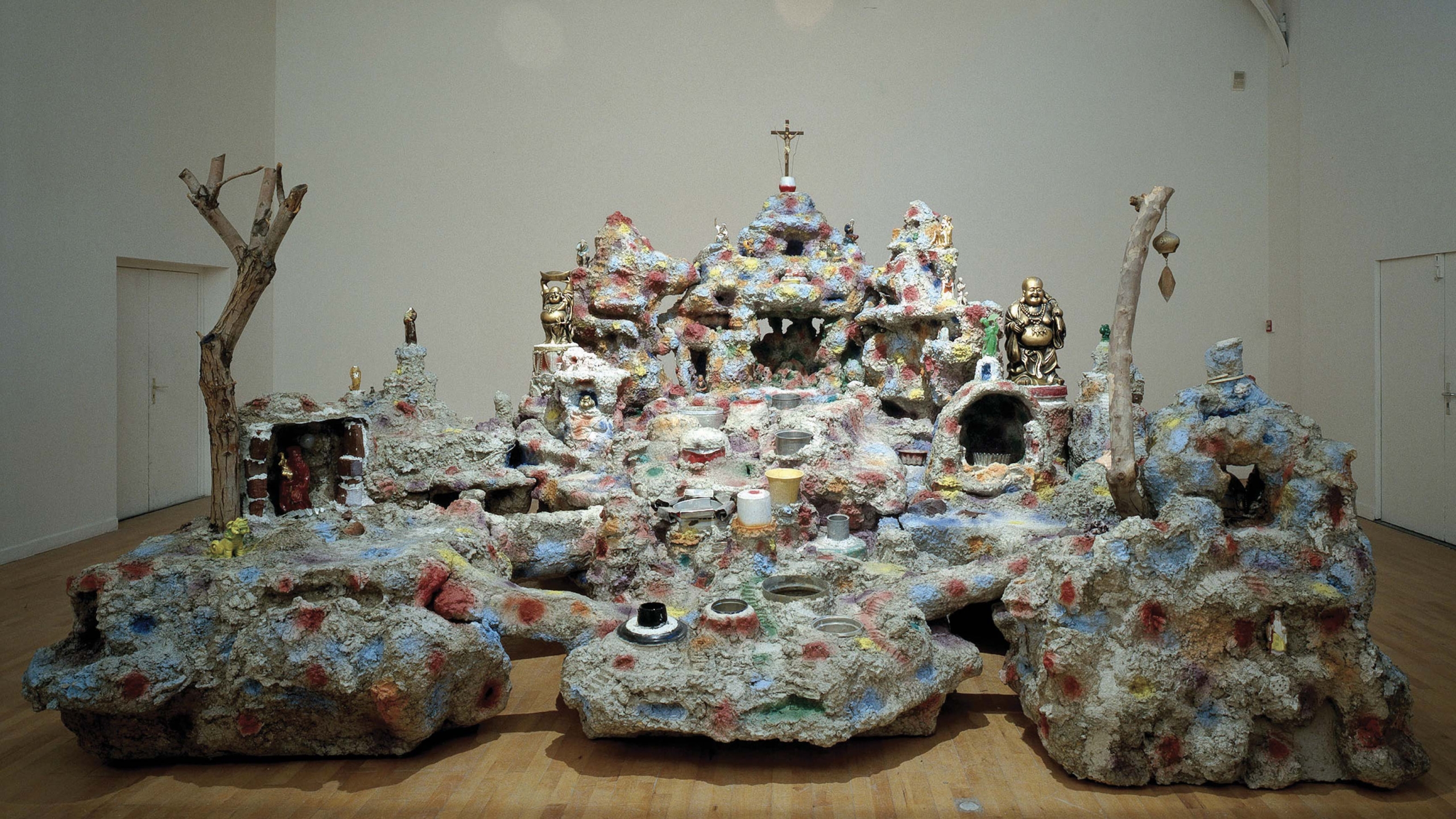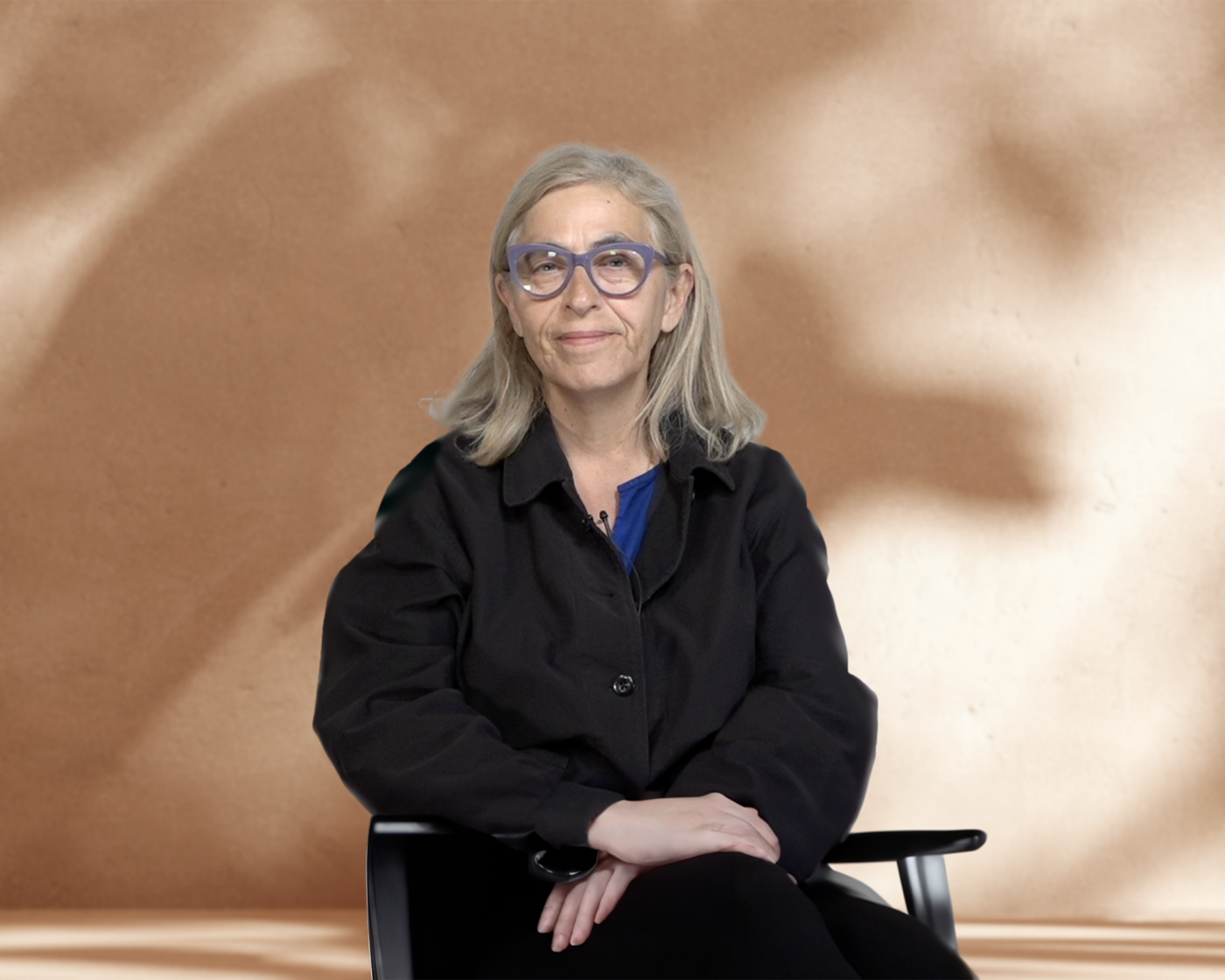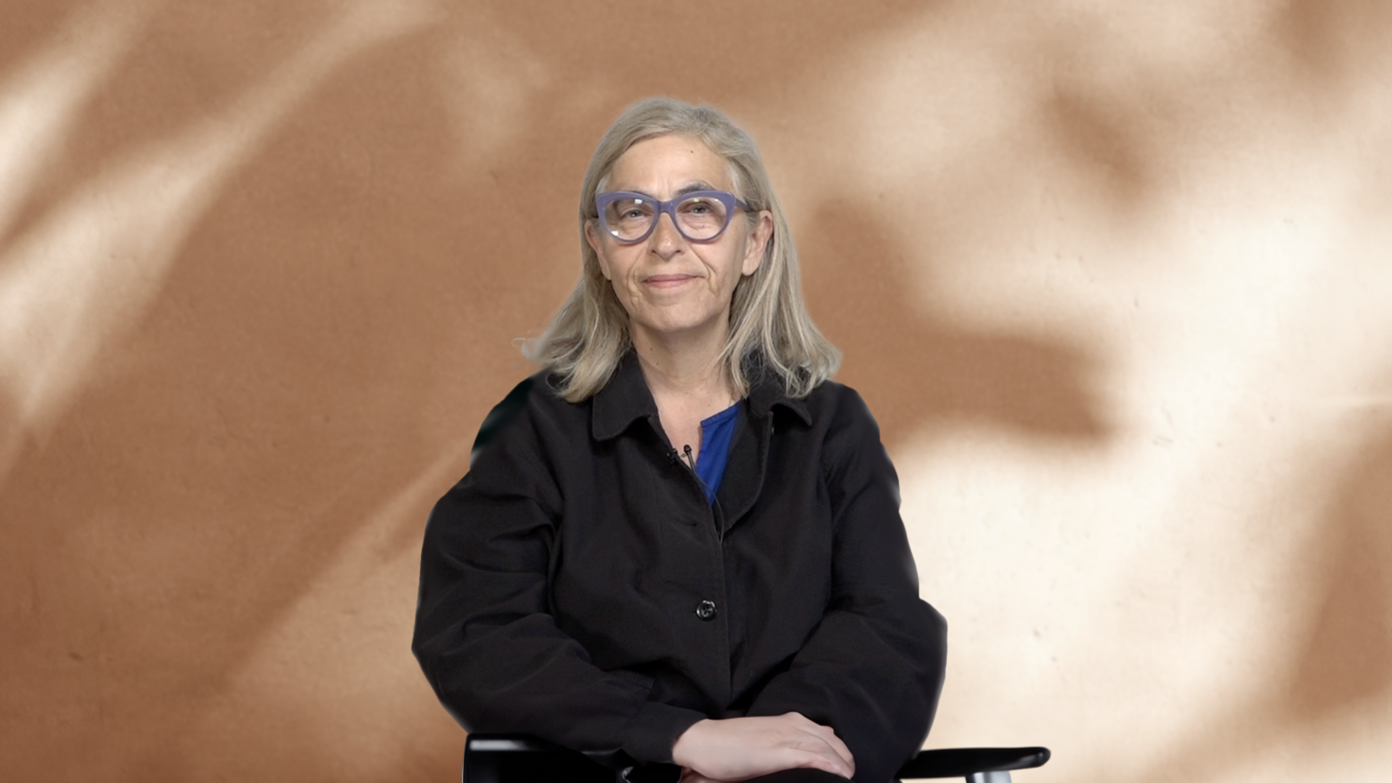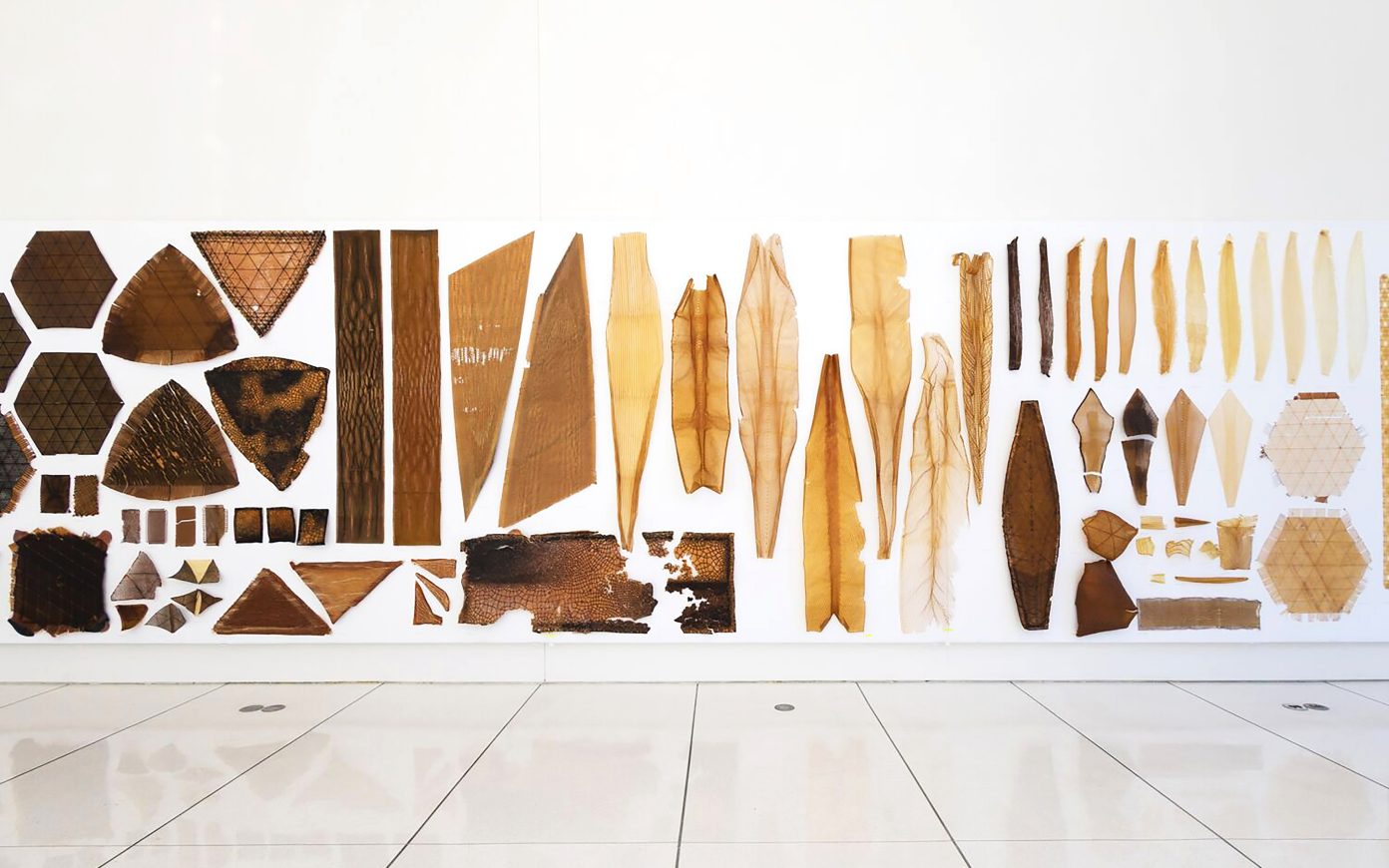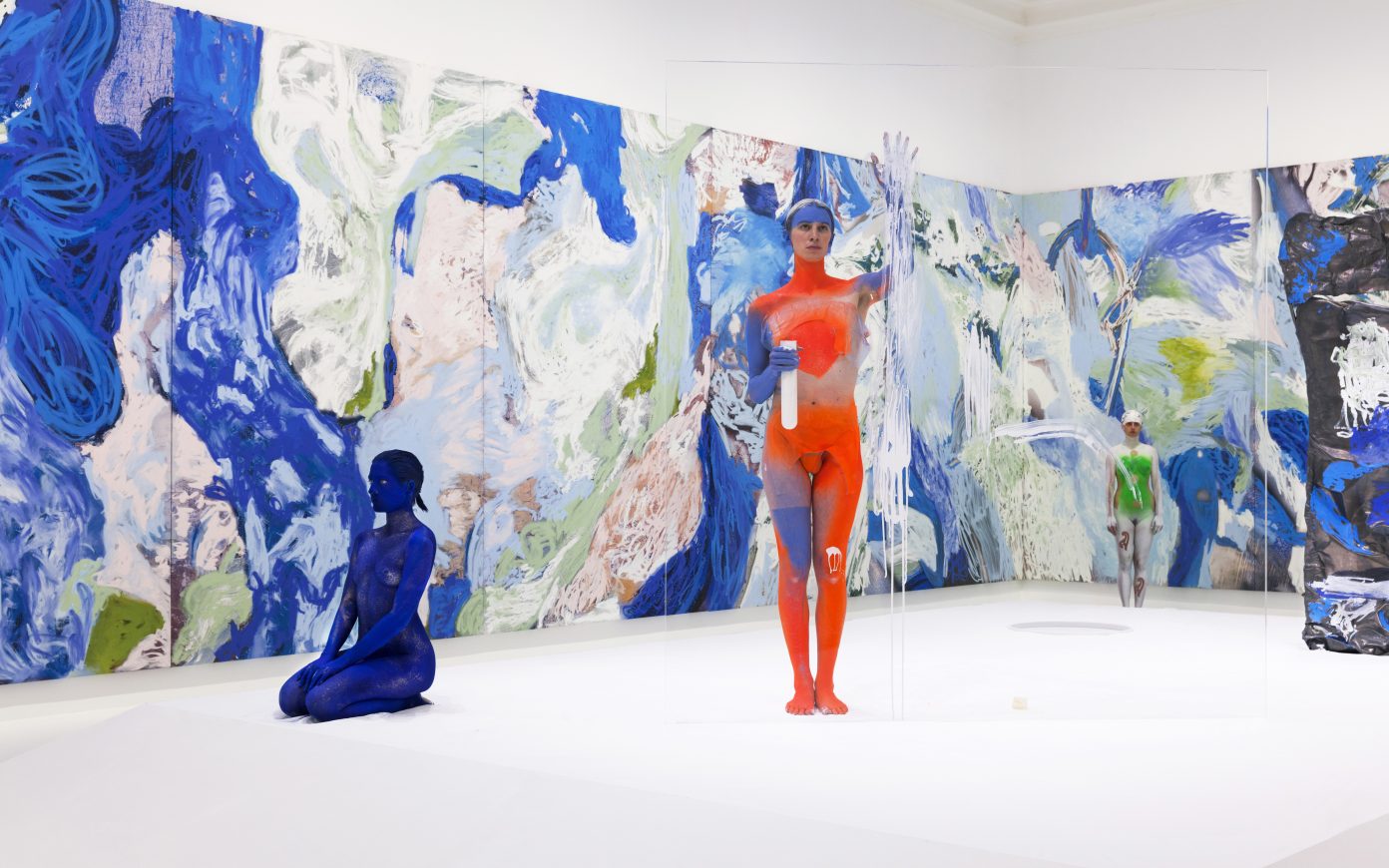A typical individual of this beginning of the twenty-first century can listen to music by the Beastie Boys, one of Malher’s symphonies, African vocals, and a Caribbean funk band on the very same day. They may very well watch American, Iranian, French or Korean movies and read books from the authors of all five continents. They may appreciate the works of artists from Thailand, Cameroon, or Chile. Zach Condon’s BeirutBeirut, Gulag orkestar, 4Ad, 2006. sounds like a New Wave gypsy orchestra, which shows us that an American from New Mexico can produce contemporary Eastern European music, thus bridging the voids of cultural geography and creating a kind of aftershock (in its seismic sense) of a European cultural reality in the United States.
Multiculturalism, culture of the 21st century
The civilization of large metropolises thus produces a culture in its image: storefronts that are overrun with objects, spaces that are saturated with signs and logos—an “attention economy” that proceeds with clichés and simplifications according to the logic of maximum profitability of signs. But what actually connects these forms, which are so different in their goals and their ambitions? Does today’s multicultural culture present other specific traits than the offer of a wide array of typicalities, these forms of a more or less exotic nature that are supposed to combat the Western temptation of colonialism? We can rejoice at diversity but we can also deplore the introduction of new cultural standards that aim to confine creators in the boundaries of their local cultures, introducing a degree of fascination for the oppressed and the minority that is little more than an ersatz of political consciousness. Though the postmodern multicultural model has striven to invent an alternative to modernist universalism, it has in fact only succeeded in recreating cultural or ethnic moorings everywhere where its categories have been applied. Indeed, multiculturalism is in reality a philosophy of belonging that constantly “attaches” individuals to their national, sexual, or cultural identity.
Multiculturalism and globalization are words that in fact merely describe unsolved issues. They are generic concepts that make it possible to move on to something else, like the Lacanian notations whose only purpose is to keep the flow of thought going by identifying and naming the morass that could bog it down. Instead of actually thinking through an issue, it thus simply gives it a name: multiculturalism.
The liberating radicality
Twentieth century modernism is first and foremost defined by its mythological use of “roots.” In that sense, it was “radical.” Artistic (and political) manifestos called for a return to the origin of the art or of society, to a process of purification in order to restore their essence. The idea was, both for artists and politicians, to trim any useless branches; to subtract, to eliminate, to rebuild everything from a single principle presented as the foundation stone of a new empowering language. Purity and origins are the two main components of the DNA of modernism. We easily perceive that, once separated from the projects of emancipation that buttresses them, these notions form a dangerous pair. Radicalism represented, for modern thought, an instrument of liberation and struggle against traditional standards. But far from only generating modernism, it has pervaded the past century with a streak of violence and intolerance. The idea is not here to criticize modernism, but on the contrary to facilitate its recomposition based on our own concepts. Indeed, as Michel Foucault reminds us, each age is enjoined to invent its own form of modernity in a process of “permanent critique of our historical era”Michel Foucault, “Qu’est-ce que les lumières?” [What is Enlightenment?], Littéraire magazine, April 1993.. It is therefore very likely that the modernity of our century will build itself in opposition to all forms of radicalism and refuse to come out in favor of either the bad solution of identity politics (the return to one’s traditional roots) or the standardization of the imaginary imposed by economic globalization. Modernity must be taken on a trip in our space-time by refusing to restrict it to its historicized form.
Definition of “radicant” art
Contemporary artists are already laying the foundations of an art that is not radical, but radicant. The word “radicant” describes organisms that create their roots gradually as they advance. Being radicant is about acting out ones roots in heterogeneous contexts and formats, that is, to deny them any initial value; translating ideas, transcoding images, transplanting behaviors, exchanging rather than subtracting. The culture of the twenty-first century is being invented before our very eyes through these works that aim to erase their origin and instead to benefit to a multitude of concurrent or successive roots.
Take Mike Kelley’s monumental Framed and Frame installation (1999), a recreation of a wishing well in the Chinatown of downtown LA and its gate and enclosure. It is as if these two elements, the landmark and its enclosure, constituted two entities that are both inseparable and equally worthy of interest. The faux stone of the well is covered in spots of spray-painted color; this is a reference to urban graffiti but the stains seem to float above the surface of the sculpture like colored clouds. Votive kitsch, Buddhist statuary, graph, minimalistic art, informal art: Kelley uses samplings and transplants to project a collision of references, raising questions about the “frame” as an aesthetic device. Where are we? In the world of the twenty-first century.
The average individual of our time bears resemblance to these plants that do not rely on a single root and grow vertically but trail in all directions. Their insecure identities are the many stems that bend down to the earth to form new roots. Radicant plants grow in a way that is not determined by the ground they seeded in. In the same way, a radicant artist would trace journeys in both history and geography. Modernist radicalism (the return to the origin to erase the past/tradition and rebuild it on new foundations) would thus be superseded by a radicant subjectivity, which could be defined as an ultimate stage of the spatialization of the world: its transformation into a unitary space in which time would be nothing more than an attribute among many others. This seems rather logical given that the idea of a single space is the ultimate objective of global capitalism. Translated in economic terms, this world would be a vast common market, a free zone that no border would segment. Time and History are discriminating agents however. They are causes of division that globalization aspires to extirpate or trivialize, or, in other terms, to incorporate in the realm of free trade. The only solution offered to artists that wish to avoid participating in this general toning down of culture is to activate space through time, and time through space, to restore fault lines, divisions, fences, and passages where there is nothing more than the fluid space of goods.
Archipelagos and desynchronization
The portable aspect of national data has now become more important than its local grounding. We carry our culture with us—fragments of identity, nostalgic debris or self-assertions—, or connect to our place of origin through the Internet or parables. Artists do the same. As they take responsibility for the cultural elements that they select, they reconnect them to the territories they roam in their practice: the aim is to operate the proper connections, to manufacture circuits and circulations, rather than to defend a formal territory. This makes artists semionauts, the inventors of trajectories among signs. Our cultural space has become an archipelago in the sense that it is no longer contiguous: tiny entities emerge, only the interconnection of which produces meaning and form. Where modernist (and postmodern) aesthetics propose consistent space-times and full surfaces, today’s art suggests desynchronized trajectories and times. Where does an installation by Jason Rhoades begin and how can it be embraced in a single gaze? One must wander around it. How can we get to grips with a project by Pierre Huyghe such as the musical comedy A Journey That Wasn’t (2005), which can only be read through previous or later plays, in the manner of a tape that would never stop winding? Culture as an archipelago generates works-currents, formal streams that are read in a chaotic manner rather than understood according to the Modernist visual codes: “what you see is not what you get,” to paraphrase Frank Stella’s famous statement. The works of Mike Kelley, Jason Rhoades, Tomoko Takahashi, Thomas Hirschhorn, Sarah Sze, and many others cannot be reduced to the space captured by our gaze: they call for circulation, manipulation or an immersion. In The Songlines, Bruce Chatwin evokes the “walkabout,” a ritual trip in which aboriginal Australians walk in the footsteps of their ancestors and “sing the land” during their journey: each stanza reenacts the creation of the world since the Ancestors created the world and named things through song. Aboriginal Australians do not conceive land as an area defined by boundaries, he wrote, but rather as a network of interwoven “lines” and pathways. All the words that we use to say “country,” he said, are the same as the words for “lines.” … What Whites used to call the “walkabout,” a cross-country journey, was in practice a sort of bush exchange/telegraph that made it possible to circulate messages between people who hadn’t met and who could even be unaware of the existence of one another3. Isn’t that precisely the image of contemporary creation?
